July 25, 2025: After making first flight, Roseate Tern chicks around Buzzards Bay make short flights near the nesting colony, then expand daily foraging trips miles away, roosting with parents, gradually gaining independence before joining staging flocks in late summer. This chick was recently seen resting on an outer sand flat area at Great Sippewissett Marsh.
Once Roseate Tern chicks fledge around Buzzards Bay, typically about 25–30 days after hatching, they begin transitioning away from the natal colony. Their daily movements reflect continued parental care, growing independence, and preparation for migration.
Immediate Post-Fledging Period (Days 1–7):
Fledglings remain close to the nesting island, usually within a mile. Parents continue to feed them mid-air or on nearby sandbars. The fledglings’ begging calls help parents locate them.
Extended Exploration Phase (Week 2 onward):
Fledglings begin longer exploratory flights, often 3–5 miles from the colony. Parents lead them to foraging areas such as inshore shoals, estuaries, or tidal rips with small fish like sand lance. They roost together at night on remote beaches or offshore islands.
Pre-Migratory Staging (Late July–August):
Roseate Terns gather at key staging areas like Monomoy NWR or South Beach, Chatham. Birds may travel 10–20 miles between feeding and roosting areas. Fledglings gradually gain independence but may still be fed by adults into August.
Young terns often return the following year near their natal colony. They learn to exploit thermals for longer flights and join mixed-age flocks before fall migration.

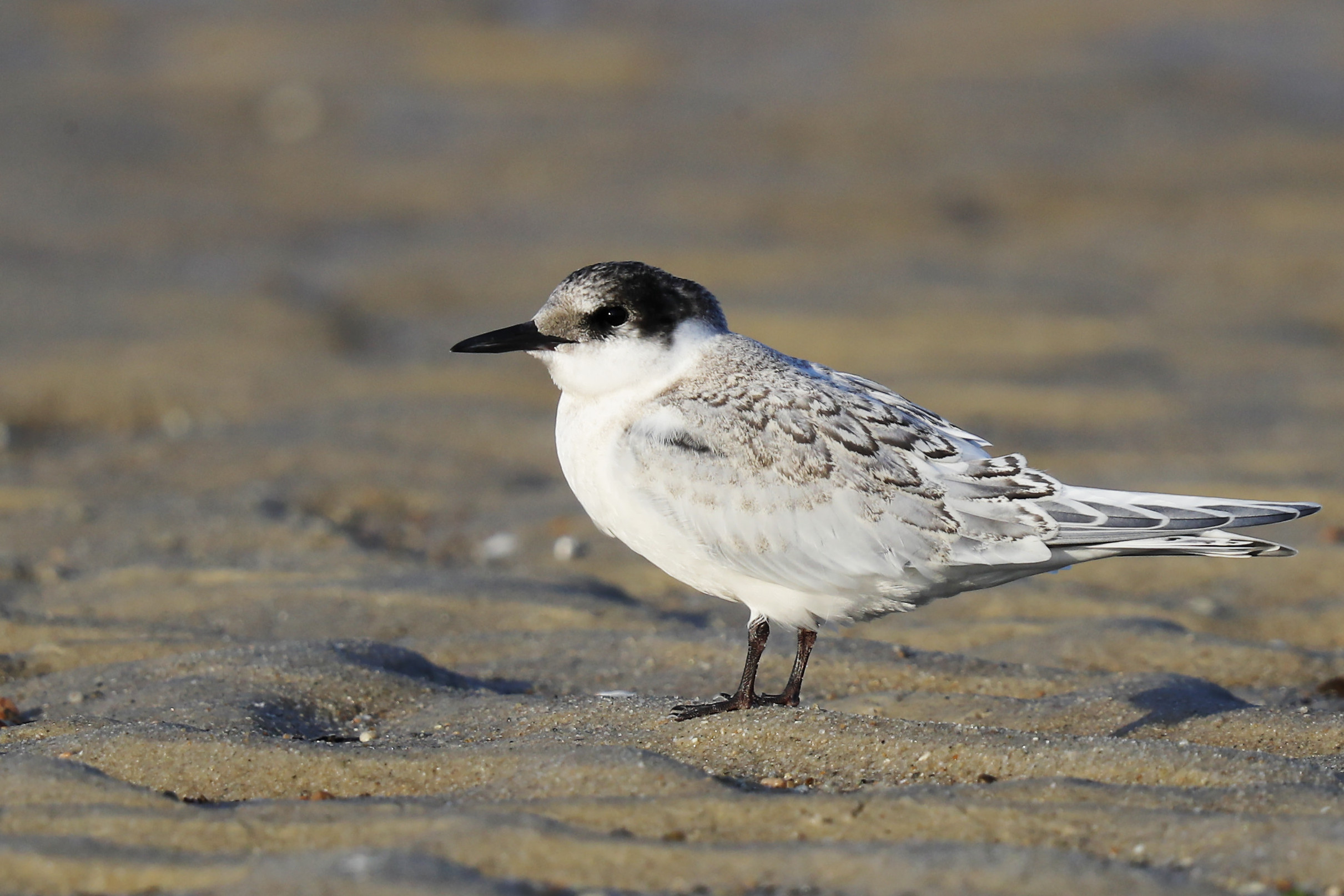
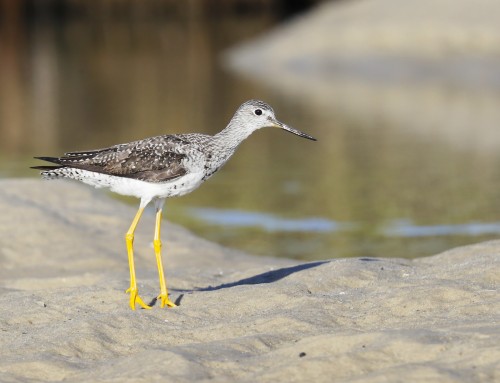
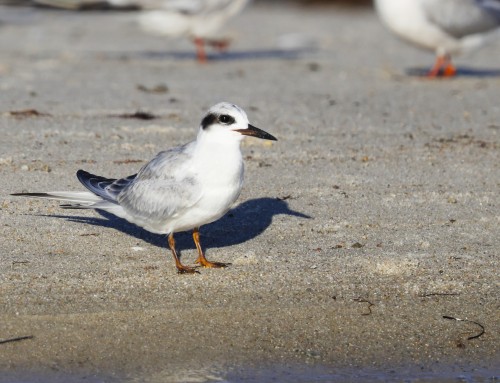
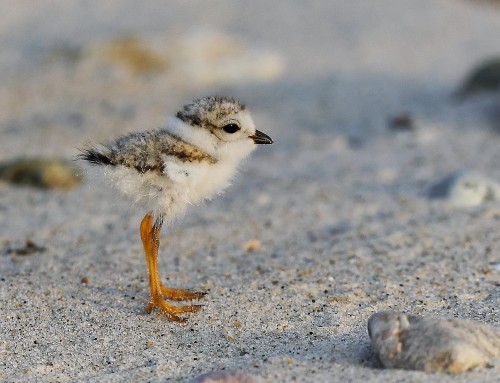
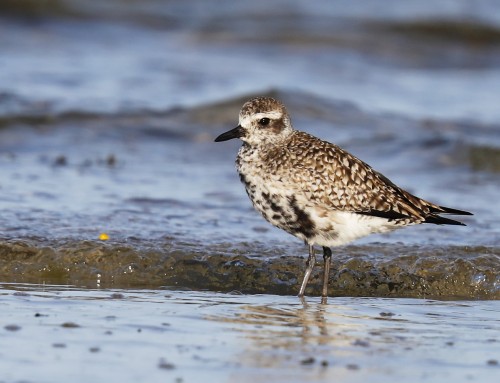
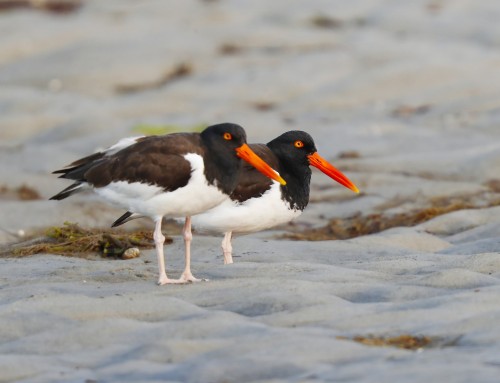
Leave A Comment
You must be logged in to post a comment.